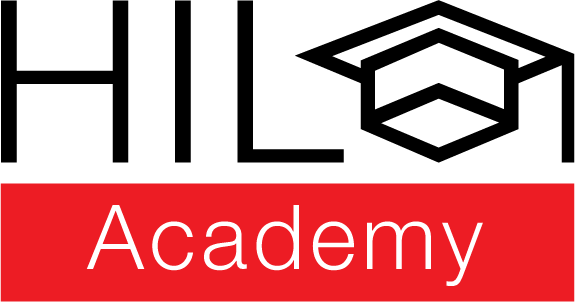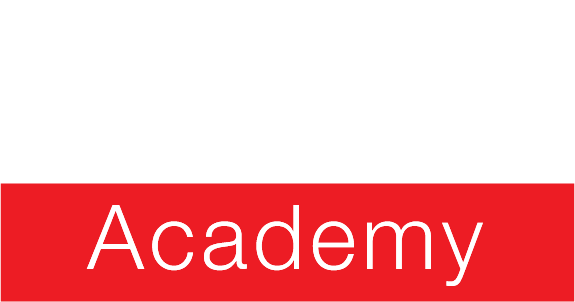HIL Fundamentals
-
General Information1 Lesson
-
1. Introduction to the Typhoon HIL Toolchain2 Lessons
-
2. Basic Workflow6 Lessons
-
3. Troubleshooting Real-Time Models12 Lessons
-
3.1 Model mapping and the compiler console
-
3.2 Problems & solutions of real-time model
-
3.2.1. Topological conflicts and model degeneration
-
3.3 Model partitioning
-
3.3.1. Introduction to model partitioning
-
3.3.2. Core partitioning components
-
3.3.2.1. Electrical circuit partitioning
-
3.3.2.1.1. IT Snubber parametrization
-
3.3.2.2. Signal processing circuit partitioning
-
3.3.3. Device partitioning components
-
3.3.3.1 Electrical circuit device partitioning
-
3.3.3.2. Signal processing device partitioning
-
3.1 Model mapping and the compiler console
-
4. Signals and interfaces3 Lessons
-
Quiz | HIL Fundamentals1 Quiz
1. Introduction to the Typhoon HIL Toolchain
Hardware-in-the-loop control testing is fast becoming the state of the art for product development in fields such as power electronics, automotive, and microgrids. In order to meet the demanding requirements of real-time testing, HIL testbeds involve a mix of dedicated hardware and software integrated together into a single system. To simplify this integration process, we use Typhoon HIL’s integrated hardware and software environment, also called the Typhoon HIL toolchain.
In this module, you will gain a basic knowledge of the Typhoon HIL toolchain that we will be using throughout the course. You will learn the basic computing architecture and connectivity options for Typhoon HIL hardware devices and gain insight into the main and auxiliary software applications available in Typhoon HIL Control Center.


Responses